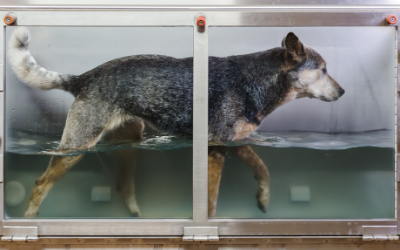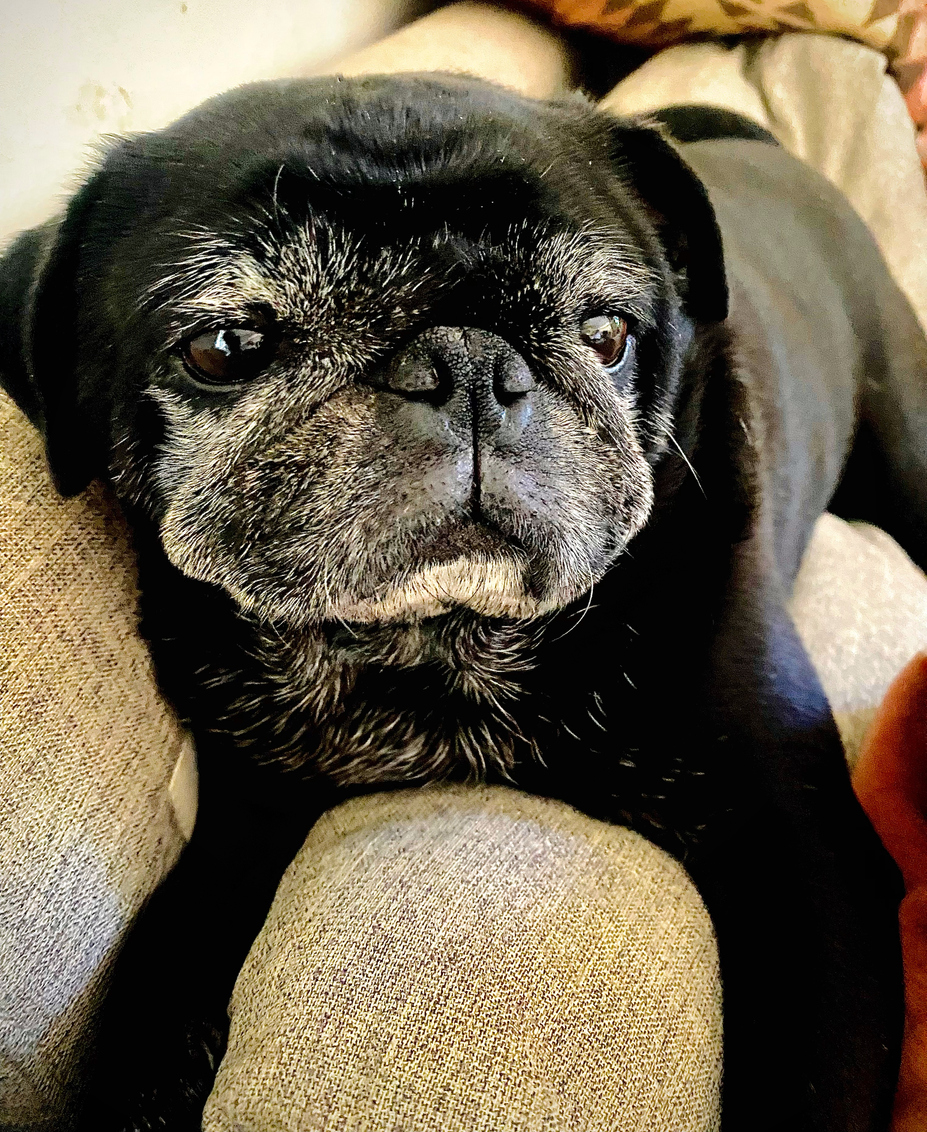Veterinary Rehabilitation Medicine
What is rehabilitation medicine?
Rehabilitation therapy involves the use of specific non-invasive treatments (massage, exercise, light, heat, cold, electricity, ultrasound, laser, magnetic therapy, hydrotherapy, etc.) to rehabilitate injured patients. The goal of rehabilitation is to return the patient to normal function as quickly as possible, and to restore the full range of movement and strength to injured body parts.
The underlying principle of rehabilitation therapy is that the least effective treatment for injury is excessive rest, and that stimulation of circulation through areas recovering from injury promotes an optimal rate and degree of healing.
What conditions are most often treated with rehabilitation therapy?
Both acute and chronic injuries are amenable to treatment. Electrical stimulation has been shown to relieve pain, to minimize muscle atrophy (degeneration) secondary to disuse caused by pain or immobilization, to reduce tissue swelling, and to speed healing of both open and closed wounds. Iontophoresis, which uses electricity to push therapeutic ionic substances into injured tissue, has shown promise in the treatment of various inflammatory conditions of the musculoskeletal system. Therapeutic ultrasound can be used to stimulate tissue repair and minimize the formation of scar tissue and adhesions. Therapeutic laser treatment is showing great promise, especially in the treatment of chronic problems. External application of ice and compression wraps is effective not only as a first aid treatment but also to break the pain-muscle spasm-pain cycle common to many musculoskeletal injuries.How can my pet benefit from rehabilitation therapy?
The appropriate application of rehabilitation therapy will speed healing, relieve pain, and improve the patient's likelihood of a full recovery.How successful is rehabilitation therapy?
As a technique to reduce pain and speed healing, the various forms of rehabilitation can be very effective.
Veterinary Rehabilitation Medicine



